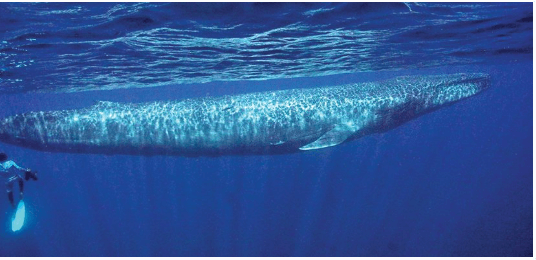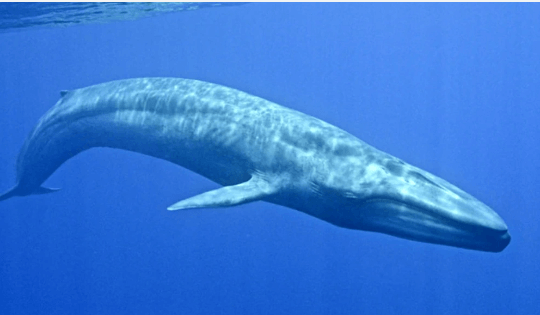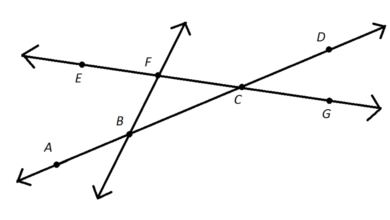Drawing:8hd4j7on7aw= Blue Whale

The process of Drawing:8hd4j7on7aw= Blue Whale necessitates a nuanced understanding of its extraordinary form and the subtleties of its texture. Artists must consider not only the proportions and line quality but also the selection of materials that can enhance the representation of this colossal marine mammal. By examining the whale’s anatomical features and employing various techniques, one can capture its essence with remarkable accuracy. However, the journey to achieving a lifelike depiction involves more than mere observation; it requires an exploration of the interplay between technique and creativity that many overlook.
Understanding the Drawing:8hd4j7on7aw= Blue Whale
The blue whale, the largest animal known to have ever existed, serves as a remarkable subject for scientific inquiry and artistic representation alike.
Its habitat conservation is critical for sustaining populations, as these majestic creatures rely on nutrient-rich waters for their feeding behavior, primarily consuming krill.
Read More Drawing:7barsug8u0w= Spider Man
Understanding these dynamics is essential for effective conservation strategies that ensure the survival of this extraordinary marine mammal.
Essential Drawing Materials
Capturing the grandeur of the Drawing:8hd4j7on7aw= Blue Whale through drawing requires a thoughtful selection of materials that can effectively convey its immense size and intricate details.
Various pencil types, such as graphite and charcoal, allow for nuanced shading and texture. Additionally, choosing the right paper textures—smooth for fine detail or rough for expressive strokes—enhances the overall representation, facilitating an accurate portrayal of this magnificent creature.
Drawing Techniques for Beginners
Often, beginners may feel overwhelmed by the complexities of drawing a subject as majestic as the blue whale, but mastering fundamental techniques can significantly enhance their skills.

Emphasizing sketching basics, such as proportion and line quality, provides a strong foundation.
Additionally, exploring shading techniques allows for the effective depiction of depth and texture, essential for capturing the whale’s grandeur in a realistic manner.
Tips for Capturing Realism
Achieving realism in drawing a Drawing:8hd4j7on7aw= Blue Whale requires a keen understanding of the subject’s anatomical structure and natural environment.
Focus on accurately rendering light and shadow to create depth, emphasizing the unique textures and details of the whale’s skin.
Read More Drawing:-X-Vgtxjku0= Turtle
Study reference images to capture the subtle variations in color and pattern, enhancing the overall authenticity of your artwork while respecting the majestic creature’s form.
Conclusion
In conclusion, mastering the Drawing:8hd4j7on7aw= Blue Whale requires a blend of technique and understanding of its anatomical nuances. The careful selection of materials and the application of effective drawing techniques serve as the foundation for creating lifelike representations. Ultimately, the journey of capturing the essence of this colossal marine creature transforms a simple drawing into a vivid portrayal, akin to breathing life into the majestic depths of the ocean, where the blue whale reigns supreme.





